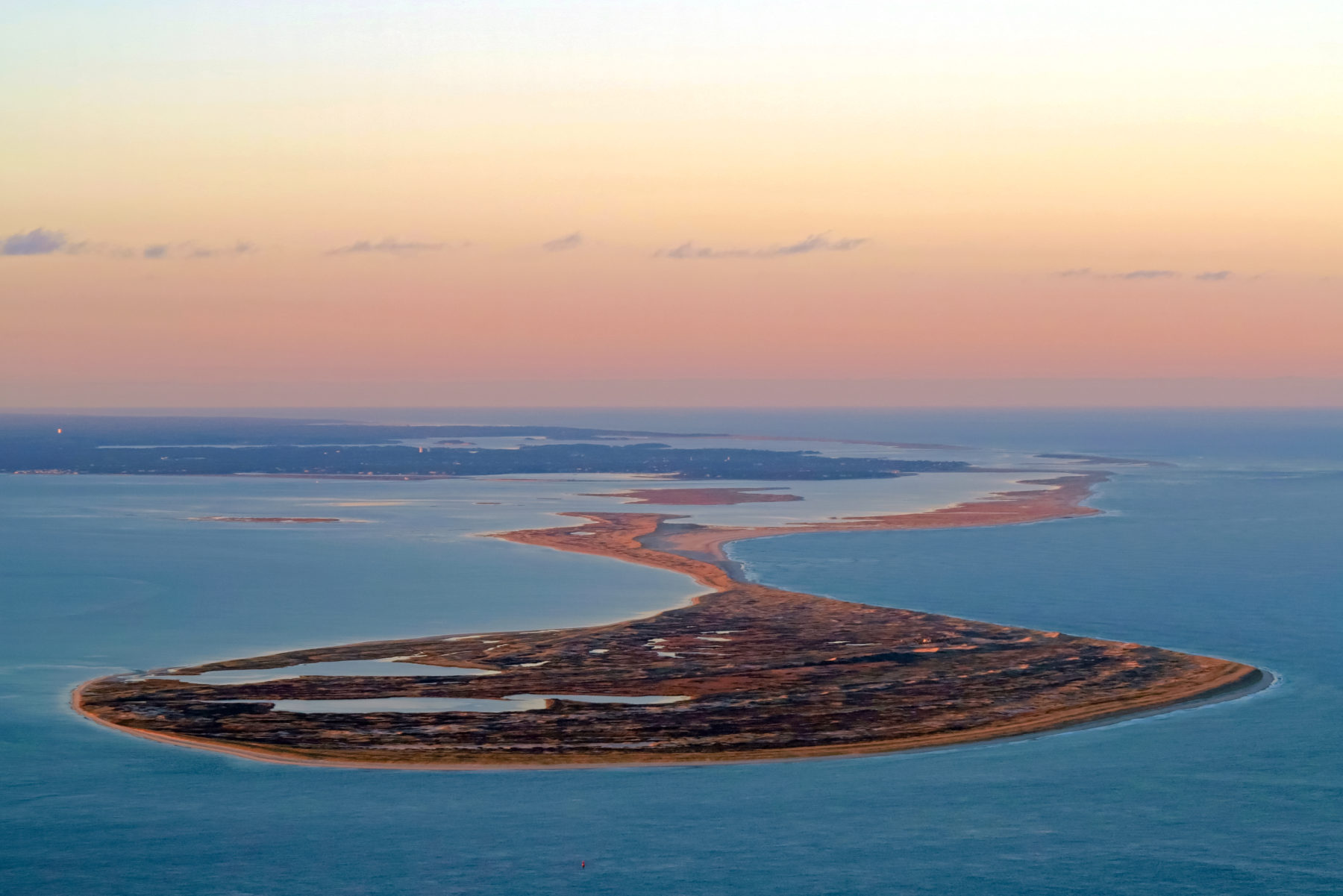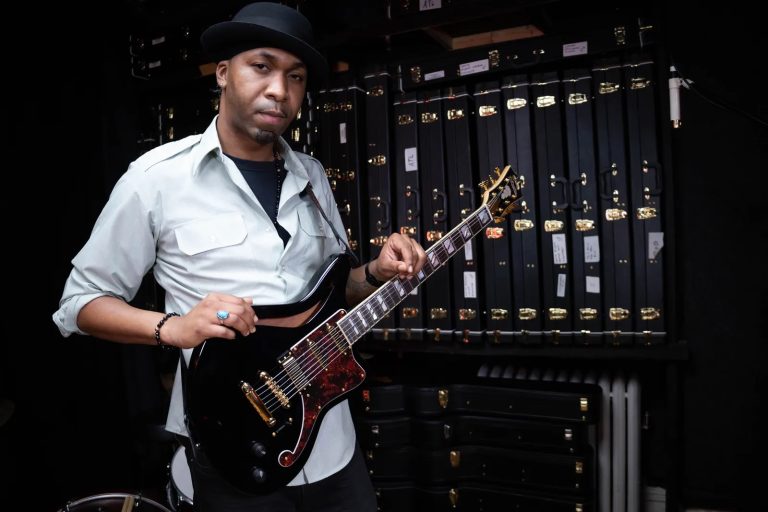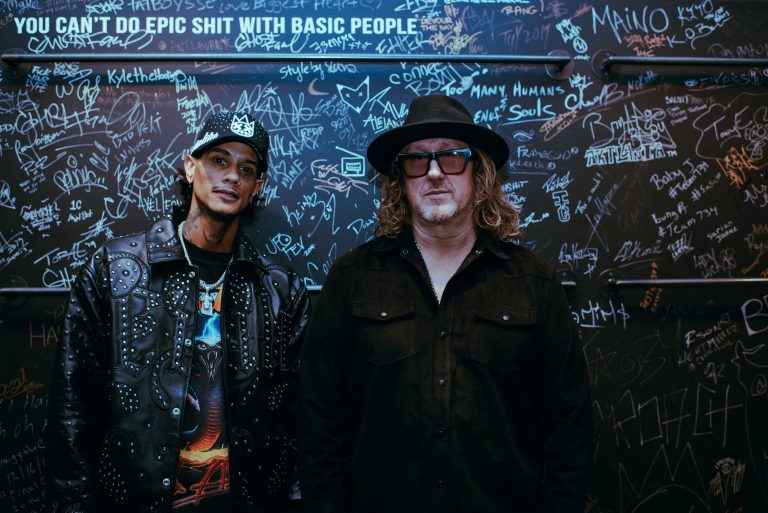Check out www.capeaerials.com to view photos.
There is something almost magical about photography and its ability to capture a single moment, a second frozen in time, and how it forever preserves something that would otherwise be lost in a sea of memories. In this age of the smartphone, where everyone is a photographer and there is a vast array of images in front of us, it is not every day that you see a photograph that makes you stop to admire what has been captured. It could be something you relate to that brings back an old memory, or an image of a far-away place that you have not had the chance to see or experience for yourself. Photos of this caliber are rare, but Cape Aerials is quickly becoming known for its awe-inspiring photographs that transport you and make you stop just to admire the art within them.
Longtime friends Aaron Gormley and Brandon Canter of Cape Aerials make the perfect team: one the inventive photographer, the other the catalyst and businessman behind the company. Over the years, Aaron has traveled the world taking photos. Upon seeing the photos, Brandon saw much more than simple travel documentation. He saw an industry.
“I told him he was being selfish keeping all of those amazing photos to himself,” says Brandon, “They needed to be shared with others.”
Cape Aerials has been a long time in the making. While the company itself is new to Massachusetts, it’s story begins much earlier. Photography, and his friendship with Brandon, have always been very important aspects of Aaron’s life. Aspects which are merging into something that can be shared with the world. The story of how these photos came to be is just as interesting as the photographs themselves.
It all started with a camera which was gifted to Aaron in celebration of his twenty-first birthday and graduation from the U.S. Coast Guard boot camp. He also earned the first choice of deployment location with options including Hawaii, Guam, Puerto Rico, or the Gulf, but Aaron requested to be sent as far away as possible. Shortly thereafter, he was packing his bags for Alaska. It was out in this untamed wilderness that his passion and desire to experience more of the world was triggered. As Aaron sent back photos documenting his travels, Brandon noticed a huge difference in the photography that he was seeing. Aaron had always taken photos of their friends in the Pine Barrens growing up, but these photographs showed a deeper passion and craftsmanship.
After his time in Alaska, Aaron went on to North Carolina to get a degree in aviation maintenance. He was later stationed in Mobile, Alabama where he worked as a drop master, directing planes to people stranded in the water or dropping supplies to ships below. From training in scanning techniques and twelve-hour shifts, Aaron developed an eagle-eye, which can be seen in his photography. Not long after his arrival, the Deepwater Horizon oil spill occurred, and Aaron worked on-site assisting with efforts during this horrific event. Upon completion of his service in Alabama, Aaron returned to Cape Cod, where he and several of his military pilot buddies chartered planes and flew around the Cape, allowing Aaron to snap photos. He began to see the potential of the landscape below and was able to capture it in a way that others could not. Brandon saw the value and the beauty in these photos, which gave a new perspective to landmarks, beaches, and homes beloved by both locals and those who vacationed in the area. Brandon encouraged Aaron to use his flight time to take as many photos as possible.
While Aaron valued his time in the air, this was only the tip of the iceberg and after seven and a half years of service in the Coast Guard, Aaron decided that he needed a change. He was honorably discharged with a commendable career behind him, which included thirty-two lives assisted in search and rescue. He showed bravery going into service and he showed bravery in his decision to be willing to chart a new path and continue to expand his horizons and ignite his passions.
At that point, Aaron made a “sell-everything and move to New Zealand” type change in his life. And by that, I mean he actually sold everything and moved to New Zealand. When first pitching his idea to friends and family, they were hesitant and asked the obvious questions: where will you stay, what is your plan, do you even know people there? In his usual unabashed, adventurous spirit, Aaron responded by saying “I have lots of friends there, I just haven’t met them yet.” With a backpack and a one-way ticket in hand, Aaron set off on an eleven-month journey to the other side of the world. He volunteered with Worldwide Opportunities for Organic Farmers where he spent time on a farm, working with a family and learning everything that they did, and then roughly every ten days he would continue on his journey to the next household. He herded cattle, sheared sheep, worked on a tuna boat, carved stone, made pinot noirs on a vineyard, made herbal medicines, assisted a couple with the bi-daily milking of three hundred cows, and participated in countless other facets of everyday life. Rather than simply going as a tourist for a couple of days, Aaron gained the invaluable experience of living and working in another country among the locals. News began to spread of “this American coming to work” and people started reaching out to him to set up a time for him to visit their farms. By the end of the eleven months, Aaron had stayed at twenty-three family farms and campgrounds. During his stays, he captured magnificent images of the people and what he was doing to be able to show that he was still alive and well. These images became his narrative. He later went on to create a gallery of these photos, showcasing his growth both as a photographer and adventurer.
When originally leaving for New Zealand, Aaron knew he would have extraordinary landscapes to capture, but by the end of the trip, it was apparent that the real beauty lay in the people themselves and not just the land. By really getting to know his subjects and spending this time with them, Aaron also realized that though he was approximately nine thousand miles away from home, the people and their lives were not all that different. This soon became part of the mission: to use travel to reveal more about people’s lives around the world and build connections to decrease the degrees of separation between us.


After leaving New Zealand, Aaron had to figure out what came next. He fixed up his van and sold it, using the money to buy another one-way ticket back to the US. The plan was to go somewhere new, to keep moving forward, but after strong convincing on Brandon’s side, Aaron found himself back on the Cape. During all this time, Brandon had graduated from Northeastern and had been living in Boston for ten years, but was ready to start the journey of trying to share this treasure chest of photographs, compiled over the years, with the world. As Aaron had come to learn from his travels, photos allow you to connect in a unique way with others. It is all about shared experiences and something that opens the door for conversation. As they showed the aerial photos of Cape Cod, people would point to the beaches they grew up lifeguarding on, or the house that they vacationed at with their family. Some of these were forgotten memories, retrieved from the prompting of the photo.
“We would love to have the chance to meet every single customer and share some stories,” says Brandon.
Brandon adds that this is a mission of positivity. Aaron and Brandon are genuinely interested in people and their stories. They would rather bring the stories of the 99-good people to the forefront, rather than the one bad report we hear on the news that gives a whole country or group of people a bad rep. By sharing photos and stories, they are able to write a narrative that shows a positive side to humanity and a shared commonality that unites people of the world. By bringing back these stories, they hope to make the world smaller by showing how many stories we actually share.
When looking at the future of Cape Aerials, the possibilities are endless. Their goal is to gain experience, to travel and to connect people. They want to use their own passion to also inspire others. Aaron has been self-taught and by the end of his 20s had taken over 100,000 photos. He has now returned to school to learn to think even further outside the box. When thinking about what Cape Aerials will experiment with next, Brandon and Aaron pointed to things such drones, artificial intelligence to streamline editing and stratosphere photography in order to expand even farther outside of their immediate world and bring it back home.
“Put me in a spaceship and I’ll show you what I can do,” says Aaron.
But this isn’t an empty challenge. You see, Aaron Gormley is not one to just talk the big talk. You can be sure that whatever challenge or adventure he comes up with, he will actually walk the walk.












